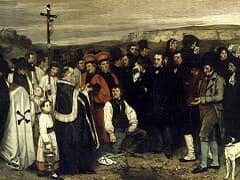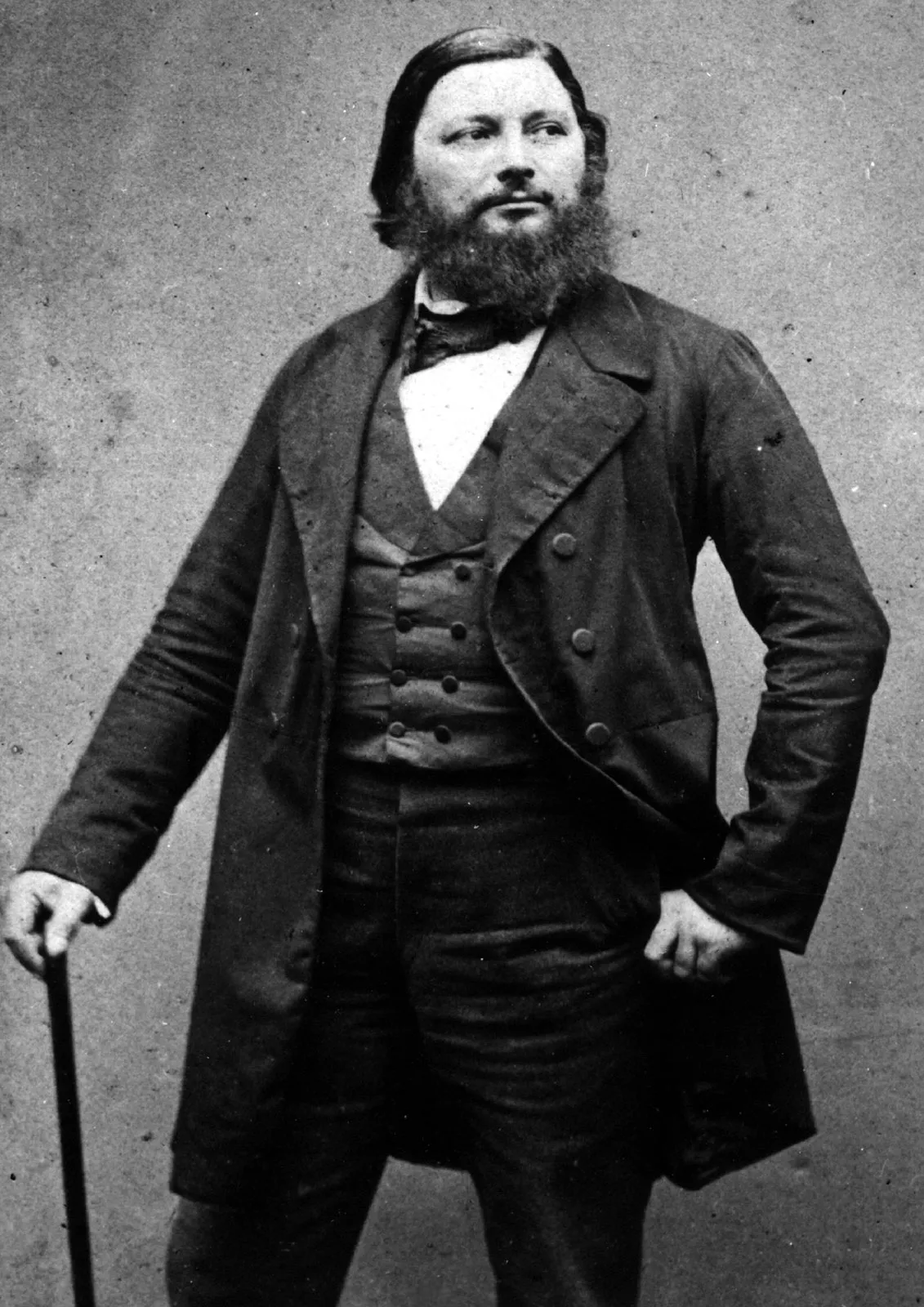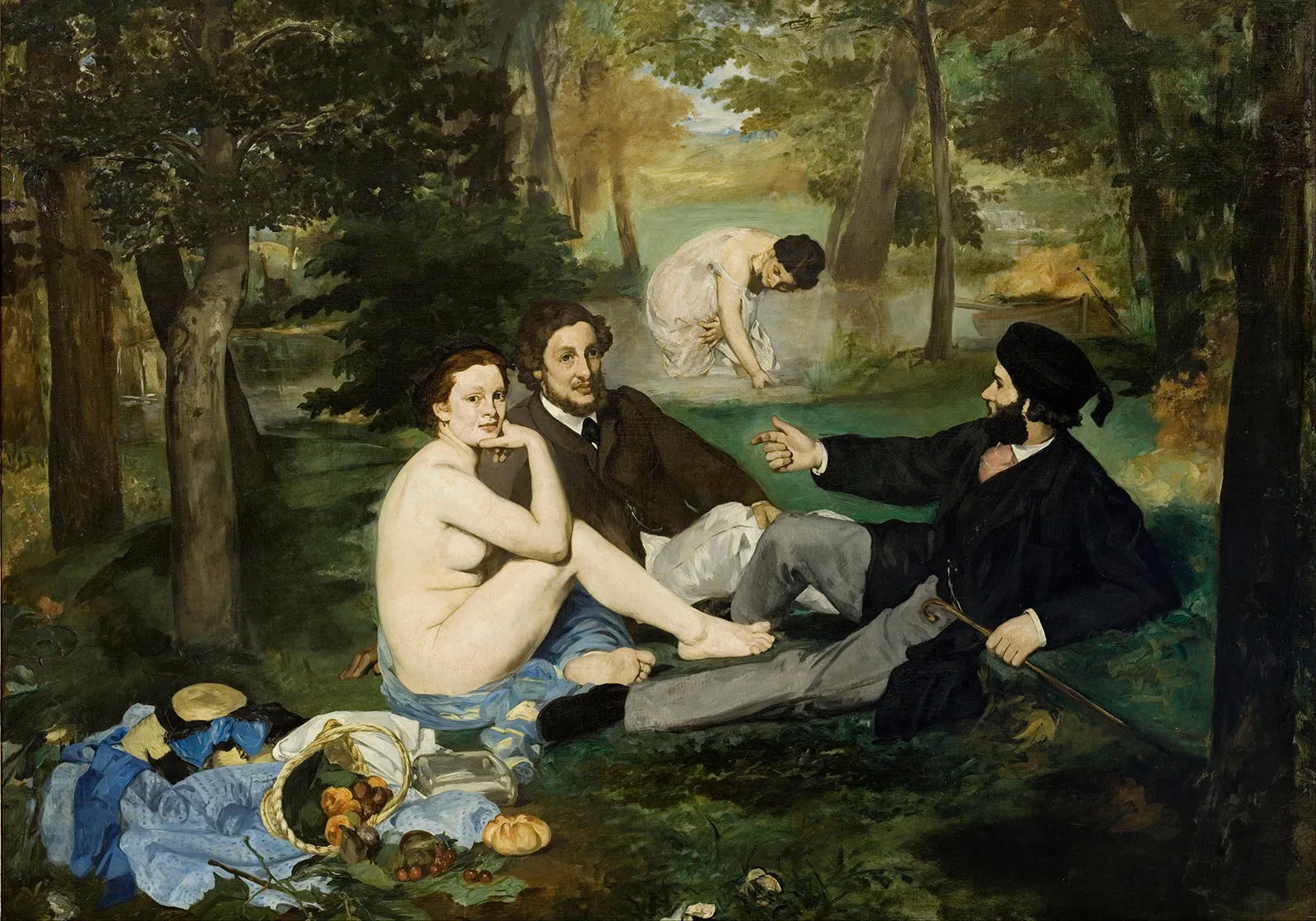Module 6 Modernism
1/58
There's no tags or description
Looks like no tags are added yet.
Name | Mastery | Learn | Test | Matching | Spaced |
|---|
No study sessions yet.
59 Terms
MODERNISM
Modern
- relates to the present or recent times as opposed to the remote past
- characterized by or using the most up-to-date techniques, or equipment
- denoting the form of language that is currently used, as opposed to any earlier form
- denoting a current or recent style or trend in art, archticture, or other cultural activity marked by a significant departure from traditional styles and values
Modern etymology
Latin 'modo' (just now)
Modernism
- began to be used in the late 16th century, delineating the period off medieval and ancient times
- movement in scoiety and culture that sought to reflect the experience and values of industrial life
Raymond Williams
- wrote about modernism as a retrospective title in his book, When Was Modernism?
Modernism as a retrospective title
- only given after the fact
- artist could be innovating, might occasionally use the word 'modern', but not consider themselves modernists
Modernism as a time of divisions
- across political inclinations, artistic movements, both between and within them
Modernism's canonization after WWII
- now relegates these ideas into the recesses of the past and eventually absorbed into a capitalist market
Industrial Revolution
- played a huge role in art and culture towards the 19th century
- massive societal shift from farming communities into large scale productions
What did the Industrial Revolution introduce?
- factories, concept of working days (hours, minutes), development of new technologies, exploitation of natural resources
First Locomotives
- factories once powered by water moved into steam
Working Conditions of the Industrial Revolution
- increasingly dangerous
- concepts of work safety were not yet standardized
- child labor still employed
- brutal deaths occurred mostly with children
- further demand for slave labor in the colonies producing raw materials (sugar, tobacco, coffee, palm oil)
19TH CENTURY: REALISM
Promotion of Neoclassicism
- phenomenon of the art school and art academies
Art Schools
- these schools taught artists that their work needs to be 'instructive, morally uplifting, refined, inspired by the classical tradition, a good reflection of the national culture, and above all, about beauty
Art schools brewed the desire to?
- art schools brewed the desire to create works that spoke to their modern era, not just reflect on the past
Royal Academy of Painting and Sculpture
- Paris, est. 1648
Royal Academy of Art
- London, est. 1768
- patterned after Paris
Hierarchy in painting
1. History painting
2. Portraiture
3. Genre painting
4. Landscapes
5. Still life
History painting
- highbrow subjects from classical traditions
Portraiture
- capturing likeness
Genre painting
-everyday life
Landscapes
- rural or urban topography
Still life
- explore color and texture
Highest type of painting in the hierarchy
History painting
Lowest type of painting in the hierarchy
Still life
Features of the hierarchy
- most had moralizing undertones
- size also reflected the hierarchies

A Burial at Ornans
- large-scale work, which was often reserved for history painting realism
- depictions of an ordinary funeral (his great-uncle) with ordinary figures, grave digger is central to the piece
- members of the church are seen, but they are not given more importance over the people in this painting
- Christ is depicted as a sculpture, an object in use, firmly planting this painting in the real and modern world
- people in mourning, not in any idealized position or appearance
- highlighting the agency of each person, a sense of introspection

Gustave Courbet
- main realism proponents in France
- believed that artists should be creating work of their time
Painting according to Gustave Courbet
- essentially a concrete art and can only consist of the representation of real and existing things
- completely physical language, the words of which consist of all visible objects
- object which is abstract, not physical, non-existent, is not within the realm of painting
Le Dejeuner sur L'herbe, Edouard Manet
- originally titled Le Bain (The Bath)
- rejected by the official Salon (Royal Academy in Paris), instead exhibited at the Salon des Refusees (Exhibition of Refused Works)
- features figures that are clearly modern
- nude woman is recognizable (Manet's model, not a nymph or figure in mythology), as well as the 2 male characters (Manet's relatives)

Manet's relatives
- Manet's relatives as models created a sense of discomfort in the viewer
Strange rendering in Le Dejeuner sur L'herbe
- figure in the back seems to be olarge for her distance to the foreground, nude woman appears to have flat 'studio lighting'
- loose brushstrokes, atypical style that would not be approved by the academies = forwarding artistic choices rather than that was prescribed
A Road in Louveciennes, Pierre-Auguste Renoir
- broke off from the state-sanctioned art exhibitions to pursue different ways of artmaking
- saw importance in landscape painting
- paintings are characterized by their sketchy renderings full of light
- attention to atmosphere
- plein-air
- influenced by Japanese painting
plein-air
- painting that highlighted the transient and fleeting
La Grenouillere, Pierre-Auguste Renoir
- citylife and middle-clas leisure interested the Impressionists
Societe Anonyme des Artistes
- established by young artists Claude Monet and Edgar Degas
20TH CENTURY: SUPREMATISM
Suprematism
- avant garde movement that emerged during WWI that sought to find new forms to depict reality
Realism in terms of?
- abstraction
- reality beyond what we usually experience
Kazimir Malevich
- pioneer of abstraction
- rejected the idea that realism in painting is representational to the world around us
What is real?
- the use and focus of formal elements, geometry, color is real in itself
- ability of artists to communicate a reality beyond materiality
- pure feeling and pure form
Black Square, Kazmir Malevich
- radical in its non-representation
- a time in Russia where Tsarist government is losing its power, society still heavily connected to the Orthodox church
- typically hung in the upper corner of the room, where Russian Orthodox icons are typically placed
20TH CENTURY: CONSTRUCTIVISM
1917 February Revolution
- monarchy was overthrown in favor of a provisional government, and Vladimir Lenin returned to Russia after his exile
1917 October Revolution
- Bolsheviks, under the leadership of Lenin, overthrew the government in favor of a socialist government
1922
- Union of Soviet Socialist Republics was established
Establishment of Soviet Union
- avant garde had a historical responsibility: giving form to a state for the proletariat
- constructivists instead focused on material, which reflected the industrialization happening in Russia
- challenged Suprematism and Malevich, contending that they reflecetd bourgeois ideas
Monument to the Third International in Moscow, Vladimir Tatlin
- emblematic of utopian aspirations of the communist leas of Russia
- envisioned as a 20ft (6m) wooden sculpture but was never constructed
- part of a large-scale program that sought to replace all tsarist movements
- utilitarian, housing different offices and the top would be a radio station
Faktura
- literally translating to "texture" = textural structure of a work of art and the manner by which is constructed
- material world > spiritual concerns
Graphic design
- reflected optimism around industrializatoin and the building of the Soviet Union, focus on clarity and agitprop (agitation propaganda) to reach broad publics
Advertising
- way to engage with building a Soviet economy
- simple colors, font for emphasis
- white diagonal lines are prevented from hitting the globe by an enormous shoe; USSR in red as a focus of the world
Charles Kramer and Kim Grant
"Not only will buying rubber overshoes keep your feet dry, it will help to maintain Soviet dominance the world
20TH CENTURY: BAUHAUS
Bauhaus
- champo- house of building
- emerged as a school of architecture and interior design in Weimar later Dessau, Germany
- became the foundation of modern art schools, highlighting interdisciplinarity (mixing of design, architecture, performance, visual arts, craft, technology)
- can be read as a hopeful envisioning of a certain type of future after the events of WWI
- took inspiration from the medieval practice of craftsmen in the service of building cathedrals
- each person had a specific task to build towards a common aesthetic, social, metaphysical, philosophical, and spiritual project
- championing clean, rational, and formal principles as a foundation for all design in part as a palliative to the devastating effects of war
Walter Gropius
- founder of Bauhaus
Manifesto
- common during this time as a means to outline their ideas, cultural programs and political agendas
Bauhaus manifesto
- sought to abolish the distinction between artist and craftperson ; mobilize all arts and crafts towards the creation environments; to foster links between the school and local manufacturers
Triadic Ballet (Das Triadische Ballet)
- explores the relationships of the human body and abstract space
- three dancers and three acts
- by Oskar Schlemmer